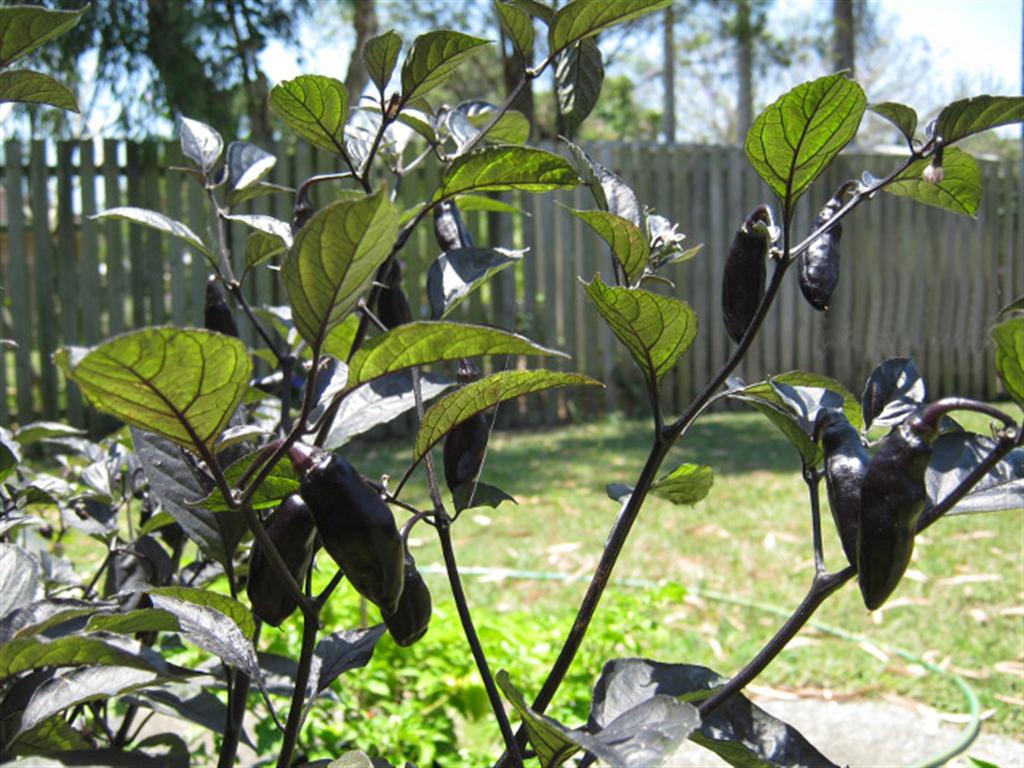No products
Categories
Top sellers
-

Calabrian Pepper seeds
[30,000 SHU] The Diavolicchio (Calabrian chili) is the spicy pepper of...
0,99 € -

Calabrian black pepper seeds
[30,000 SHU] [F1] [2020] Have you ever seen the Calabrian pepper par...
0,99 € -

Graines de Fatalii Red
[325,000 SHU] [F2 hybrid] Fatalii est un piment capsicum chinense de la...
0,99 € -

-

PIMENTA DE NEYDE

(a new plant we created during the summer of 2016; seeds available at the following link :Pimenta de Neyde White)
Pimenta de Neyde is a chilli pepper variety which is very bizarre and peculiar. Its origins are Brasilian, where it grew spontaneously in the garden of Mrs. Neyde Hidalgo, the person it has been named after. People think it is a hybrid variety between the capsicum chinense and the capsicum annuum.
DIRECTORY:
PLANT
It is fair to consider it as one of the most beautiful and peculiar variety of the chilli pepper. It is a branching tree that can reach up to 3 metres of height. It is characterised by its aubergine colour, by a fruity taste as well as by the colour of the leaves. These have an oval-lanceolate shape, dark purple colour and under the light they can have silverly reflections. It is perfect as ornamental plant, for decorating balconies and terraces and, last but not least, the fruit is very well appreciated in cooking.
Flowers have white petals with purple stripes; they are elongates and pendulous, very peculiar. The chilli peppers have a fruity taste, they are elongated and they can reach up to 4 to 6 cm. Unlike other varieties, these fruit do not change colour during the ripening period, which last around 80-100 days. Once they are fully ripened, their spiciness can vary between 150.000 and 250.000 SHU.
FARMING
The farming process for this variety is very easy, the plant does grow without any particular procedures. It needs an abundant fertilisation of the ground where you have to put the plant on March - April when the freezing winter is over. The ground must be full of nutritive elements and it has to be draining so to avoid stagnant water.
It is quite resistant to the most common parasites and aphids. If you follow the right instructions, you will avoid any kind of problem.
For more information, see the following guide: guide to growing chillies.
HARVESTING
These chilli peppers can be used in many ways. We do not reccommend to dry them, unless you use an electronic drier.
It is better to eat them fresh, in sauces or in oil.
For more information, see the following guide: how to harvest chilli peppers.

